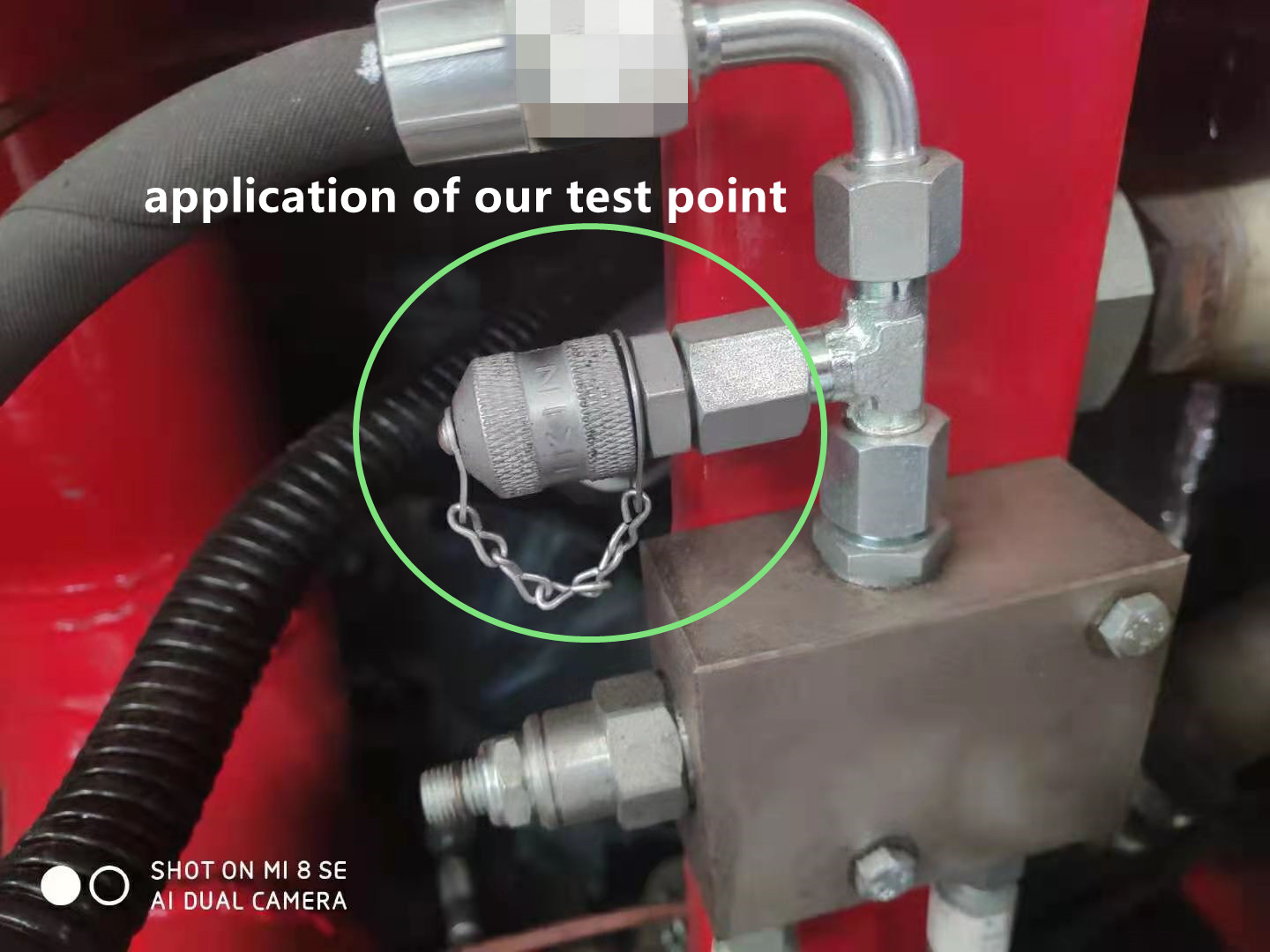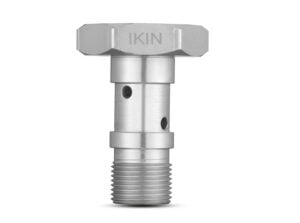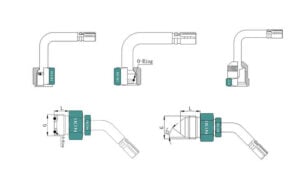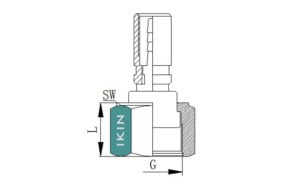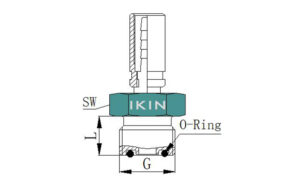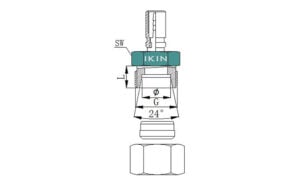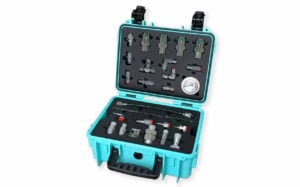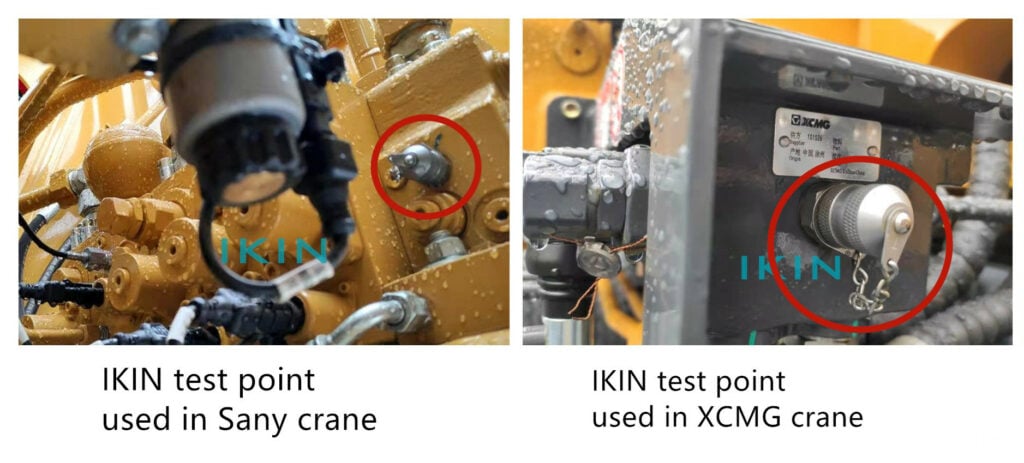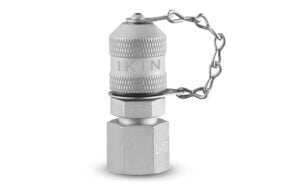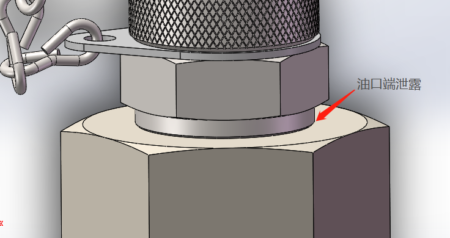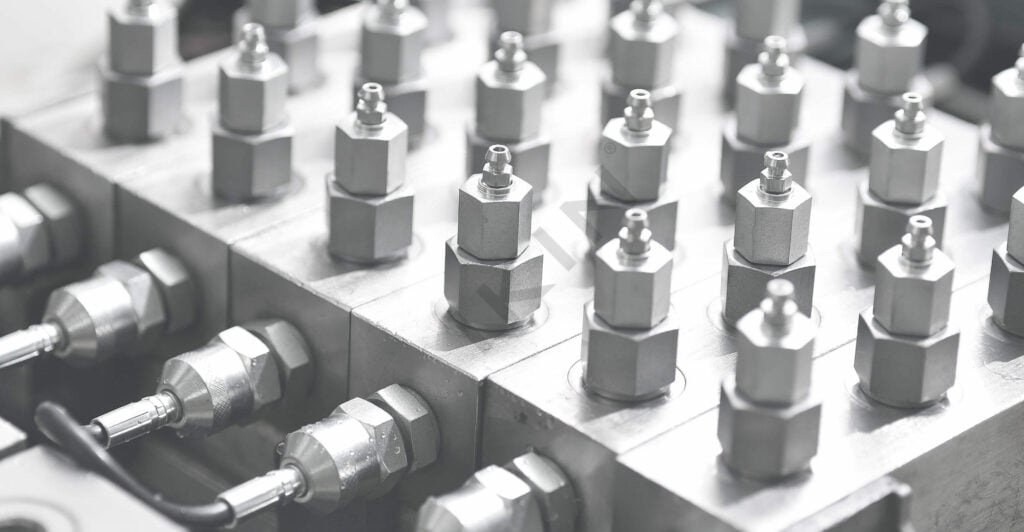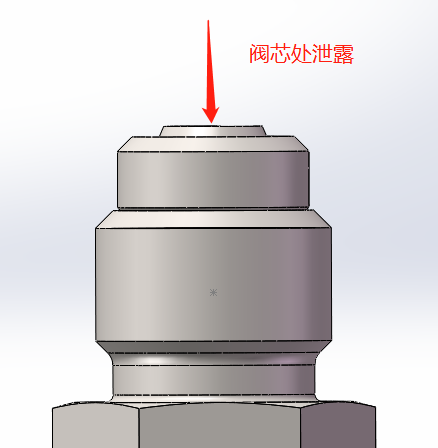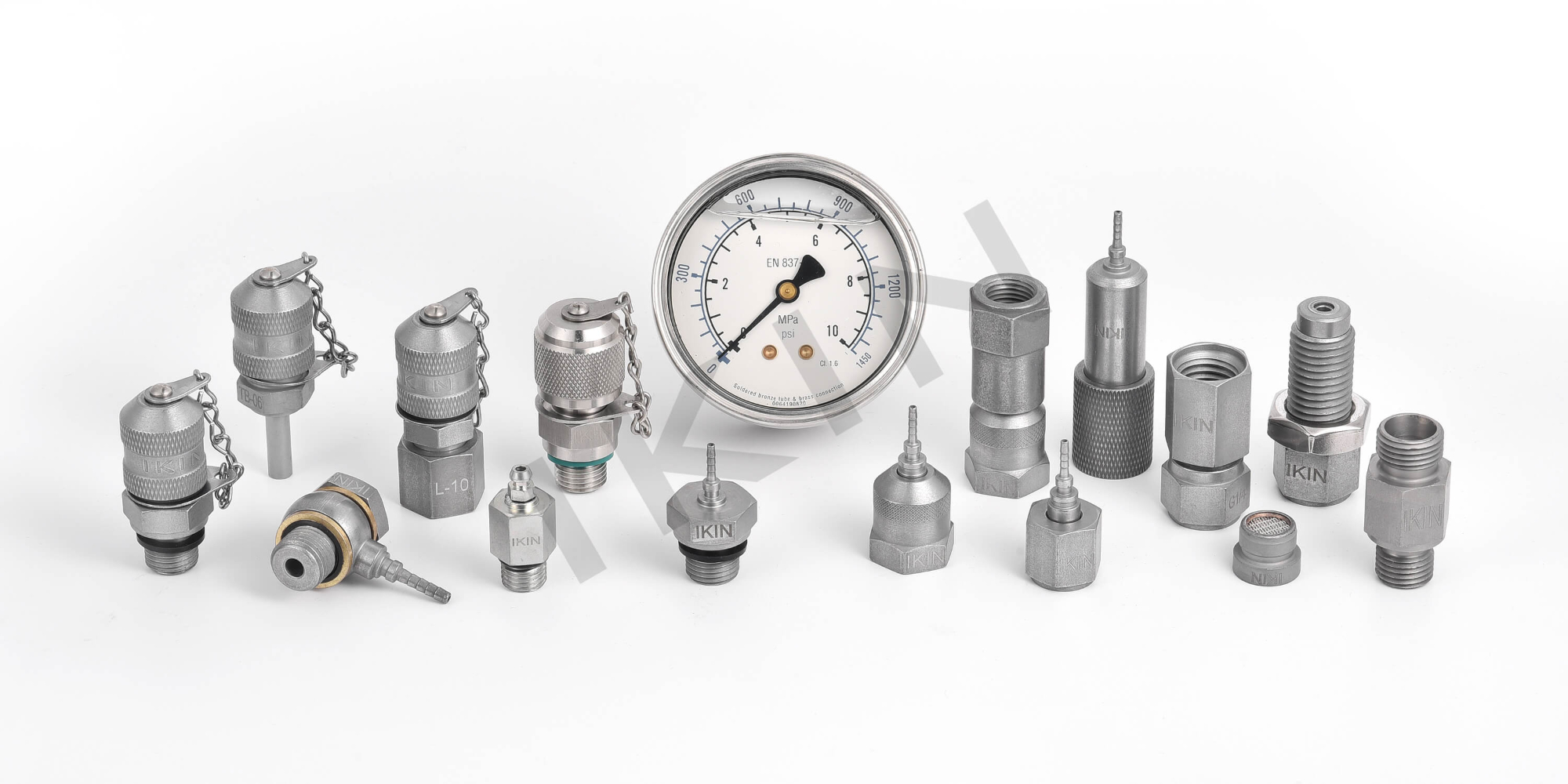How to Inspect and maintain Hydraulic System?
Hydraulic transmission is widely used in construction machinery because of its smooth and uniform motion transmission, small size, compact structure, sensitive response, simple operation, easy automation, automatic lubrication, high degree of standardization, and long life of components.
At the same time, there are also some shortcomings, such as high requirements for hydraulic oil, high price of hydraulic components, and difficulty in finding the cause of hydraulic equipment failure.
Therefore, once a failure occurs during use, it is difficult to accurately diagnose. Therefore, when the hydraulic system fails, the maintenance personnel are often at a loss, and often cause deformation and damage of the parts during the maintenance, and cause certain losses to the user.
1. Checking method of hydraulic system failure
- Direct observation method
In diagnosing hydraulic system failures of construction machinery, the intuitive inspection method is the most convenient and easiest method, which is to check the parts by sniffing, hearing, touching, and seeing to make some simple fault judgments.
The visual inspection method is feasible when the machine is working and not working. Although the visual inspection method is relatively simple, it is a very feasible method. As long as accumulated experience for a long time, the inspection process will be more handy.
- Operation adjustment inspection method
The operation adjustment inspection method refers to operations taken under load and no-load operation. By comparing with the previous work conditions, faults can be found faster and more accurately.
In the inspection process, it is first necessary to perform an operation under no-load conditions, and ensure the normal operation of all hydraulic systems, so that abnormal places are exposed. Then operate under load conditions.
The operation method must be fully combined with the adjustment method in the process of checking the fault. The adjustment process refers to adjusting the adjustable parts such as the stroke, flow and pressure of the hydraulic system and the fault-related components to find the cause of the fault.
- Contrast replacement inspection method
If there is no test instrument when checking the hydraulic system failure, then the contrast replacement inspection method is a very effective method.
However, when the comparative replacement inspection method is used to check the failure of the hydraulic system, the operation process is very complicated due to inconvenient dis-assembly, many components, and structural limitations.
Compared with the one-way valve, overflow valve, balance valve and other easy-to-disassemble, small-volume components, using this method is very convenient. In the process of using the contrast replacement inspection method, you must pay attention to the correct connection, and can not cause damage to other surrounding components, so as to ensure the correctness of the fault judgment.
- Instrument measurement inspection method
When detecting the failure of the hydraulic system, the instrument measurement inspection method is the most accurate method. The fault judgment is made by measuring the oil temperature, flow, pressure, etc. Among them, measuring pressure is relatively common, and the flow rate can be roughly judged by the execution speed of the component.
Under normal circumstances, select several key points in the entire hydraulic system, measure the pressure of the hydraulic system, and then compare the data on the system diagram to judge the condition of the oil circuit before and after the measured point.
2. Maintenance of hydraulic system
Correct maintenance is the foundation of the reliable operation of the hydraulic system. According to work practice, the maintenance of the hydraulic system of construction machinery should do the following.
- Hydraulic oil
The hydraulic oil plays the role of transmitting pressure, lubricating, cooling, and sealing. The hydraulic oil should be selected according to the brand specified in the “Instruction Manual”. Under special circumstances, the substitute oil should meet the same performance as the original brand, and hydraulic oils of different brands cannot be mixed. Inappropriate selection of hydraulic oil is the main reason for the early failure of the hydraulic system and the decline in durability.
- Regular maintenance
At present, some hydraulic systems are equipped with smart devices, but their monitoring range and accuracy have certain limitations. Regular inspection and maintenance of the hydraulic system is still essential. Therefore, the inspection and maintenance of the hydraulic system requires the monitoring of the smart device combined with regular inspections.
- Prevent the invasion of particulate impurities
Pure hydraulic oil is the life of the hydraulic system. If the hydraulic oil is mixed with solid impurities, it will cause strains on the precision parts, jams, blockage of the oil passage, etc., which may even endanger the safe operation of the hydraulic system.
To prevent the mixing of solid impurities, pay attention to the following points: When refueling, the hydraulic oil must be filtered, and the refueling tools should be clean and tidy. The filter at the filler port of the hydraulic oil tank cannot be removed in order to increase the fueling speed.
- Prevent the intrusion of fluids such as water and gas。
Excessive water in hydraulic oil will rust the hydraulic components, emulsify the oil, reduce the strength of the lubricating oil film, and accelerate mechanical wear. Therefore, not only to prevent moisture intrusion during maintenance, but also to tighten the lid when the oil storage barrel is not in use, best to put it upside down.
3. Conclusion
For the pollution and leakage of the hydraulic system of construction machinery, analyze and explore the root causes of the failure, understand the factors that cause the failure, and recognize the hazards. Pay attention to use problems and preventive measures, correctly select hydraulic oil according to the basic requirements, and use and maintain it reasonably, which can effectively improve the working performance, efficiency, economy, reliability and service life of hydraulic equipment.
JIC test point hydraulic test tee fittings hydraulic test connector hydraulic equipment supplier hydraulic fittings hose coupling hose fitting hydraulic test kit hydraulic test point hydraulic quick coupler pressure test point hydraulic coupling hydraulic test port pressure gauge adaptor standard hydraulic fittings Manufacturer for hydraulic fittings Hydraulic Accessories HYDRAULIC TEST POINT COUPLING hydraulic equipment corporation pressure gauge fittings pressure gauge connection hydraulic fluid test point connecting threads test point hydraulic test port fittings




